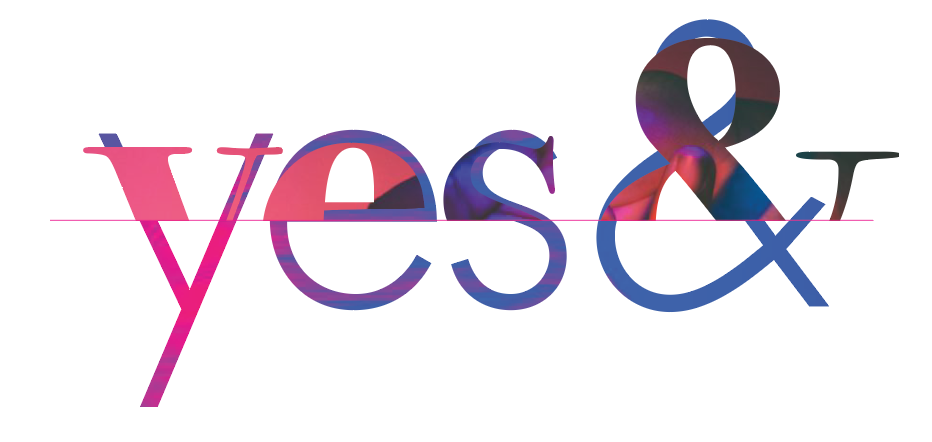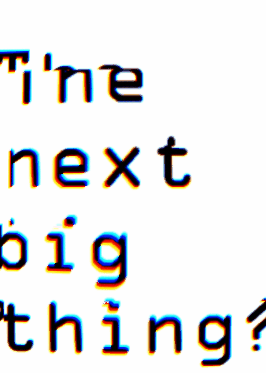Data visualization in virtual reality (VR) is, in many ways, the ultimate combination of tech buzzwords. The tech world has hyped VR as the next big thing, and in an era of big data it’s only natural that tech experts would look to combine the two. Researchers have created VR data visualizations for numerous research areas, including biology, sociology, and geology. Many tech analysts see VR as having the potential to “revolutionize big data visualizations” (Marr, 2016). For VR to really change the way data is visualized, all of the affordances of the medium should be explored and designers must move beyond traditional two dimensional visualization methods.
Data visualization is the “bridge between quantitative content … and human intuition” (Donalek et al, 2014). Massive data sets are not useful to us unless we can explore and find meaning in the data. This is where visualization comes in, visualizing data allows us to call on powerful pattern recognition systems in the brain that make sense of complicated information sets (Donalek et al, 2014). However, our brains are programmed to see the world and patterns in three dimensions, making it problematic to provide visualizations in 2D. In fact, position and length are the main perceptive attributes that can be linked to qualitative values. In 2D visualizations we have trouble with scale, area, volume, and color. This drastically limits the possibilities and dimensions of data we can visualize together (Few). Furthermore, when we read from a computer screen, the human eye only processes less than 1 kilobit of information per second, even though our brains have the capability of transferring information at about a thousand times that rate. In contrast, a 3D world, like a VR environment, engages the brain in different ways, allowing users to utilize more of their optic nerves’ “bandwidth” (Dalton, 2016). This increase in human processing power is one of the main benefits of visualizing data in VR. Presenting a large set of data in an immersive 360 environment removes the burden of mentally consolidating information presented disparately and can improve a user’s ability to spot anomalies, see patterns, and analyze data in general (Donalek et al, 2014). Numerous projects explore the possibilities of using a full 360 environment for data visualization, including a prototype of the Bloomberg trading terminal in VR.
VR, however, offers a lot more than a bigger screen. Viewers feel present in the data environment, offering opportunities for new types of interaction that break out from the traditional point and click interfaces computer visualizations generally use. Hand controllers like those developed for the HTC Vive and Oculus Rift allow users to use their hands and interact with their environment in a more natural way, making it easier to act on and physically explore a data set (Dalton, 2016). In a lot of ways, these kinds of interactions make a data set more meaningful to the user. Usman Haque, a founding partner of Umbrellium, a tech company that seeks to empower communities and individuals using data, argues that “Data is meaningful if we have some way to act upon it” pointing to this as “one of the most problematic aspects of the current fetish of data visualization, which appears to treat data as an unquestionable justification for itself, rather than as a proxy for the things that we actually want to understand or probe” (2014).
Beyond presence and interaction, VR systems in gaming have already developed haptic and sound elements that could be incorporated into data visualization systems. Using multiple senses can enhance our abilities to process multi-dimensional data (Dalton, 2014). As I mentioned previously, our ability to perceive certain things mathematically is somewhat limited, but adding another sensory element has the potential to increase our processing abilities and change the whole experience of data visualization.
Data visualization and processing rarely occurs on an individual basis. Researchers using visualization tools want to be able to collaborate and share. Interesting work is being done on data visualization in existing game/social environments because of the collaborative affordances they offer. A collaborative study by researchers using Second Life as a data visualization explored having broadcast features that allowed users to share a single viewpoint, thereby sharing their explorations and discoveries with their colleagues. The researchers found that this allowed for a “more flexible, collaborative data exploration” (Donalek et al, 2014). Visualizations themselves are powerful collaboration tools. A study out of Carnegie Mellon suggests that information visualizations can greatly improve collaborative problem solving, suggesting that collaboration in VR data visualizations is crucial, especially since VR can be a somewhat isolating environment if there aren’t collaborative features built in to the virtual environment (Balakrishnan et al, 2014).
While data visualization in VR has a lot of potential, it needs to be used in appropriate circumstances to move beyond being a novelty. Projects that use VR should “take advantage of VR’s strengths” rather than “building a VR data visualization just for the sake of it” (Dalton, 2014). A lot of the current projects out there use conventional visualization methods and designs in a VR environment and end up looking like extruded excel documents that provide little to no additional advantage to the user. VR offers a lot of interesting affordances that have the potential to increase a user’s processing and exploratory powers. VR isn’t just a larger screen to throw more charts on. Some of the most interesting VR data visualizations draw from gaming and metaphoric VR experiences, rather than traditional data visualization forms. These experiences may not provide the scientific data researchers are looking for, but they allow for a more intuitive experience for those looking for light exploration.
References
5 reasons to use virtual reality for data visualisation – the data blog. Retrieved from http://pwc.blogs.com/analytics_means_business/2016/08/5-reasons-to-use-virtual-reality-for-data-visualisation-.html
Donalek, C., Djorgovski, S. G., Cioc, A., Wang, A., Zhang, J., Lawler, E., . . . Longo, G. (2014). Immersive and collaborative data visualization using virtual reality platforms. Paper presented at the 609-614. doi:10.1109/BigData.2014.7004282
Few, S. Data presentation: Tapping the power of visual perception. Retrieved from http://www.informationweek.com/software/business-intelligence/data-presentation-tapping-the-power-of-v/31400009
Haque, U. (2014, -03-25). How can we make data more meaningful? The Guardian Retrieved from https://www.theguardian.com/media-network/media-network-blog/2014/mar/25/make-data-more-meaningful-usman-haque
Marr, B.How VR will revolutionize big data visualizations. Retrieved from http://www.forbes.com/sites/bernardmarr/2016/05/04/how-vr-will-revolutionize-big-data-visualizations/

